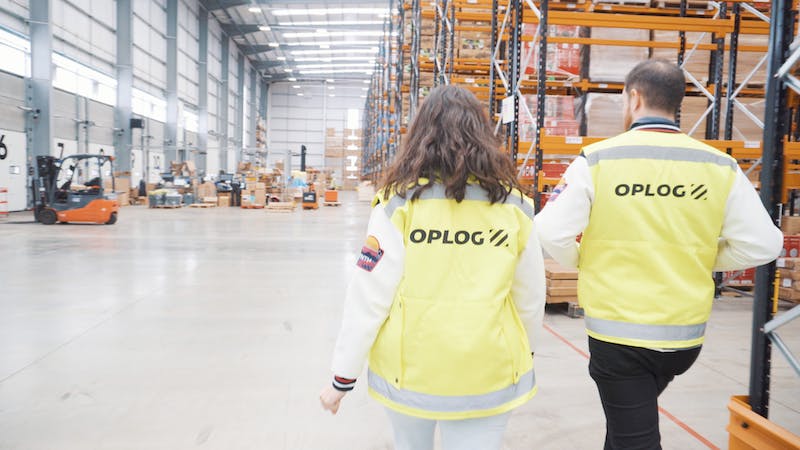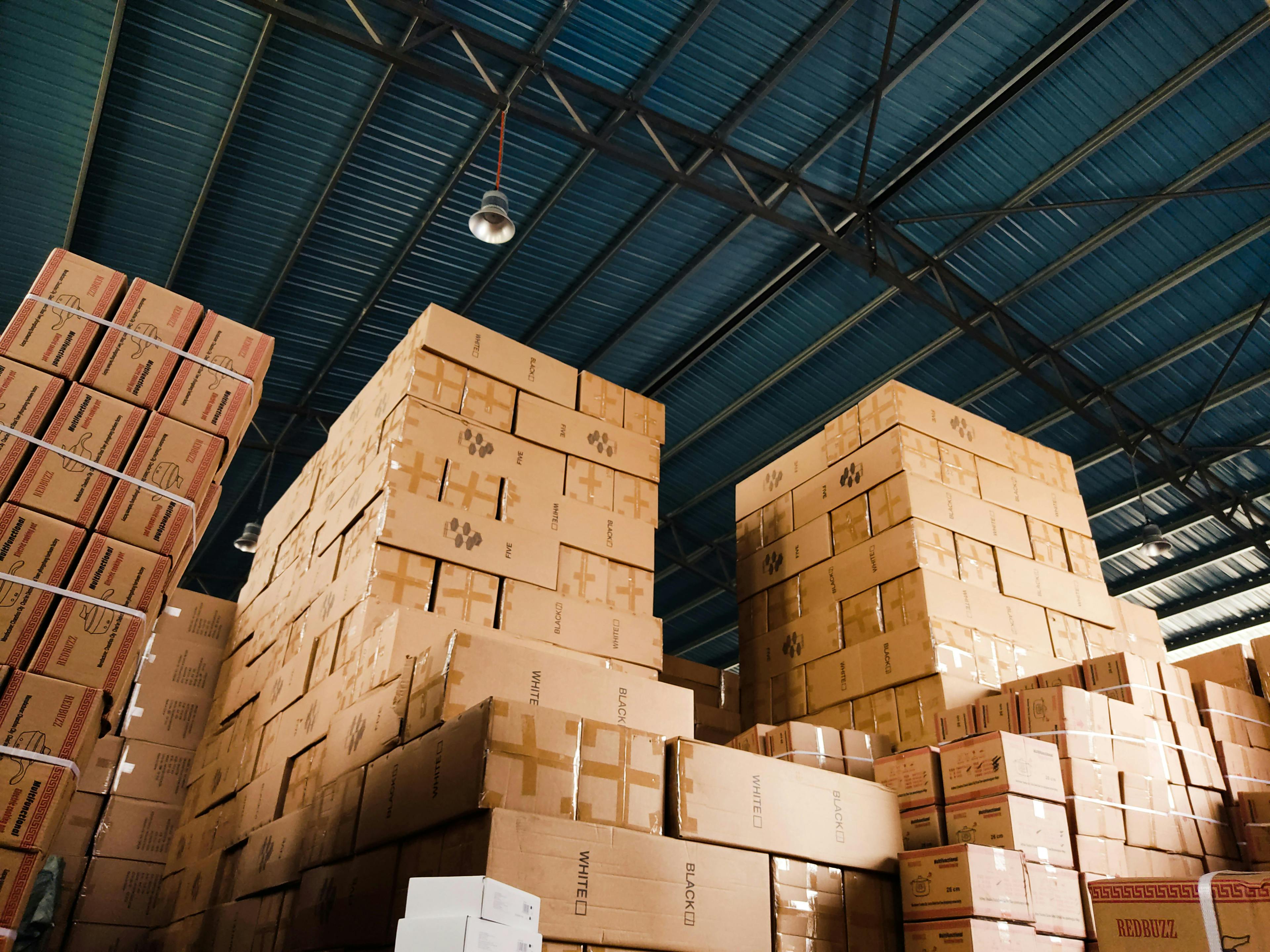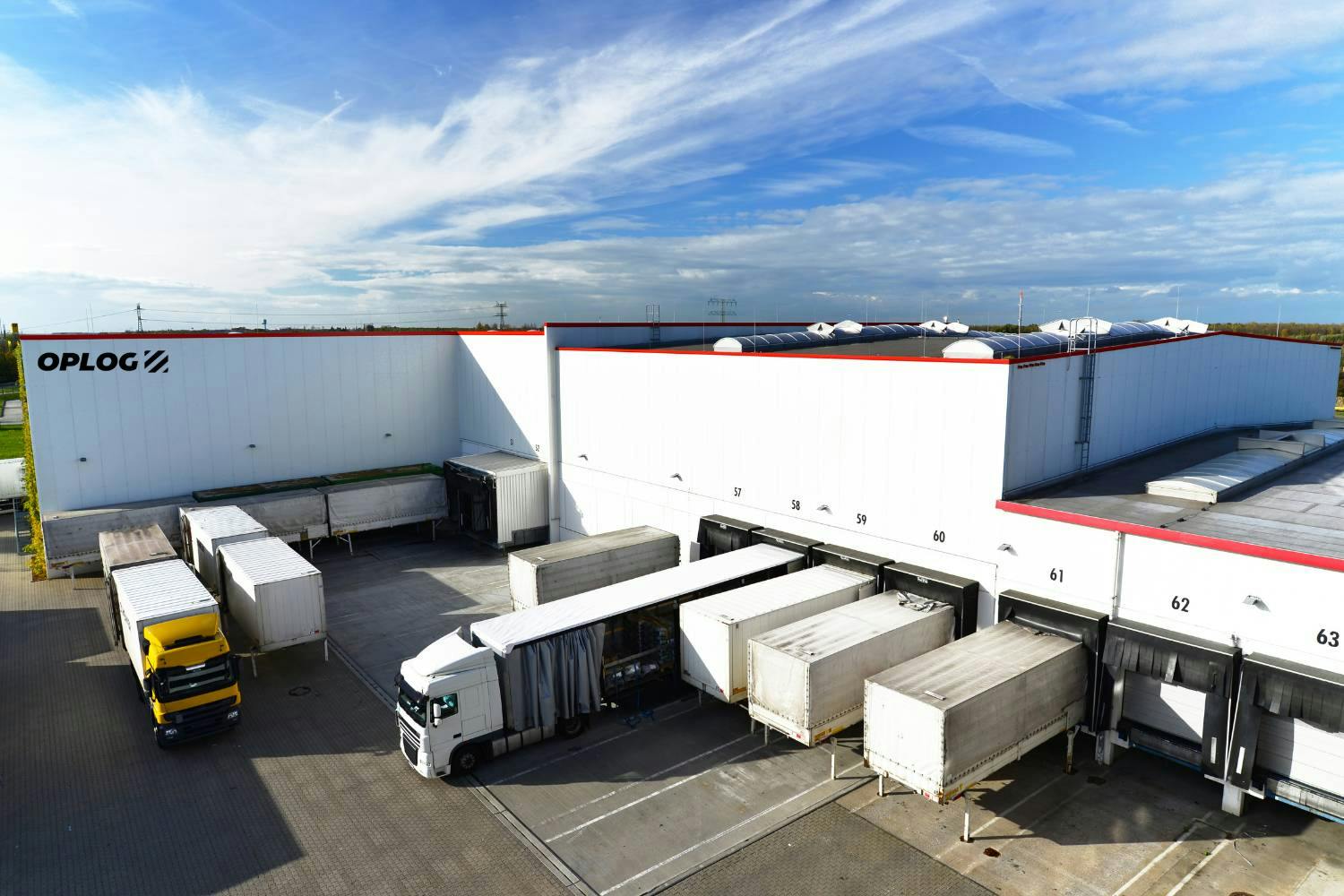What is warehousing and storage? Though warehousing and storage describe similar concepts, they refer to unique facility setups. Each facility offers a set of benefits that suit certain needs. In this guide, we explain what is warehousing and storage to help you determine the best solution for your business.
What is Warehousing?
Warehousing refers to the storage of goods in a warehouse. This system facilitates goods distribution, sale, or manufacturing. This includes inventory movement to and from the warehouse, goods tracking, and inventory. While warehousing includes a storage aspect, it also involves industrial accommodations and services.
Key Functions of Warehousing
Warehousing caters to holding more large-scale goods with operational solutions. It presents organized, inclusive services for wholesale, manufacturing, export, retail, and transport businesses.
It is an ideal solution for meeting needs, such as:
- Storage: A temporary holding space for goods awaiting final distribution.
- Sorting and order fulfillment: Retrieving goods from storage and preparing them for shipment.
- Inventory management: Tracking and controlling stock levels.
- Optimization: Improving processes and maximizing efficiency to reduce costs.
Types of Warehousing Facilities
There are four main types of warehousing facilities. Their ownership and functions determine each type.
- Bonded Warehousing: Also known as ‘customs warehouses’ that exist in industrial areas. They are for imported goods needing storage, manipulation, or manufacturing processes.
- Public Warehousing: These are available to the public. Government, semi-government, or third-party logistics companies own and operate them. They provide rentals for temporary requirements or seasonal demands.
- Private Warehousing: This is when a company has direct ownership and use of a warehouse space. This is common with companies that have more capital investment and customization needs.
- Refrigerated Warehousing: For temperature-controlled goods, such as perishables, foods, pharmaceuticals, and cosmetics.
Exploring Storage
Now it’s time to jump into storage. This is a term for a safe, store housing facility for smaller-capacity items.
Types of Storage Facilities
There are three main storage types, each determined by its purpose.
- Mini-storage: This indicates the unit’s size. It is accessible by renters, providing flexibility and convenience. I believe it is a great option for small quantities of inventory, or personal or household items.
- Self-storage: Size options vary from lockers to rooms, with long- to short-term agreements. They may also provide climate control, security, and surveillance.
- Vehicle storage: For storing motor vehicles, boats, or motorcycles. Due to the huge size requirements, vehicle storage can come in uncovered or covered spaces.
Comparing Warehousing and Storage
While warehousing has storage components, storage doesn’t have warehousing offerings.
Key Similarities
Both storage and warehousing services fulfill a particular need and purpose. They each have elements that make them appealing to certain requirements.
Both warehousing and storage provide:
- Accessibility: You can store items as needed. Frequency and ease of access may vary.
- Organization: Involves systematic organization to ensure items are retrievable and managed.
- Purpose: Both focus on keeping goods, materials, or products for a period of time.
- Security: Includes protection against theft, damage, and environmental factors.
- Space use: Efficient use of space allows maximizing storage capacity and optimizing operations.
Main Differences
After identifying the parallels between these facilities, you can start spotting the differences.
Scale and Complexity
- Warehousing: Involves more complex operations to handle large volumes of goods.
- Storage: Has smaller, simpler facilities or units.
Purpose
- Warehousing: Focuses on managing the flow of goods in the supply chain.
- Storage: Serves as a place to keep items safe and secure for personal or business use.
Services and Functions
- Warehousing: Offers value-added services, such as order fulfillment.
- Storage: May provide climate control and security.
Access and Management
- Warehousing: Managed by specialized staff and offers advanced technology.
- Storage: Provides direct customer access to the unit.
Duration and Flexibility
- Warehousing: Involves long-term contracts to support ongoing business operations. They have the flexibility to scale operations.
- Storage: Rented on a short-term or long-term basis.
Technology and Infrastructure
- Warehousing: Equipped with advanced infrastructure like pallets, forklifts, conveyor belts, and automated systems.
- Storage: Has a simpler infrastructure that provides secure and accessible storage units.
Warehousing and Storage Services
Warehousing caters to larger-scale operations, whereas storage allows more of a self-maintained arrangement.
What Services Do Warehouses Offer?
They offer specialized services for businesses requiring more logistical and operational support.
These offerings are:
- Bulk-breaking / consolidation: When large shipments get divided or combined from various suppliers.
- Cross-docking: When goods get transferred from incoming to outgoing shipments.
- Inventory management: Keeping accurate records of stock levels, locations, and movements.
- Order fulfillment: Picking, packing, and shipping orders to customers.
- Packaging and labeling: Prepping goods for sale or distribution.
- Quality control: Includes inspecting and maintaining the quality of goods.
- Security: Protecting goods from theft, damage, or deterioration.
- Storage: Storing goods until needed for distribution or sale.
- Value-added services: Include assembly, kitting, or customization of products.
What Services Do Storage Facilities Provide?
Storage facilities provide minimal services for smaller-scale enterprises or personal needs.
These can include:
- Basic storage units
- Climate-controlled units
- Insurance options
- Online account management
- Packing supplies
- Security measures
- Vehicle storage
In my view, this is a non-exhaustive list. Warehousing solutions can be tailored according to the unique needs of businesses, such as adjustable shelving or modular units.
Choosing Between Warehousing and Storage
Warehousing is for large-scale, long-term business storage with logistics and inventory management needs. Storage is ideal for personal, small business, or temporary storage with cost-effective solutions.
Do you want to elevate your brand’s post-purchase experience? We offer tailored eCommerce fulfilment services. Try customizing your operations through our specialized warehousing and shipping for seamless optimization.
The Role of Technology
Technology plays a hefty role in managing each type of facility. It also allows more efficient operations, services, and monitoring systems.
Warehouse Management Systems (WMS)
Warehouse management systems assist in transforming and utilizing data. They can improve operations and support growth.
These technologies often include:
- Batch tracking: Tracks products' lifecycles.
- End date management: Utilizes the FIFO (first in, first out) method.
- Forecasting: Predicts stock requirements.
- Inventory analysis: Tracks your stock in real-time.
Storage Facility Management Tools
Some tools exist on-site or as online support to the customers or site personnel.
These can include:
On-site:
- Access control systems
- Climate control
- Security monitoring systems
- Inventory tracking solutions
Online:
- Analytics and reporting tools
- Customer Relationship Management (CRM)
- Digital payment and billing systems
- Management software platforms
- Mobile apps for customers
Cost Considerations
After considering each type of facility, finally comes financing. Warehousing allows for more specialized services for seamless goods management. These services can come at a higher cost. As storage alone requires less maintenance, it is the more low-cost option.
Get a customized quote according to your fulfilment needs.
Warehousing and Storage FAQs






